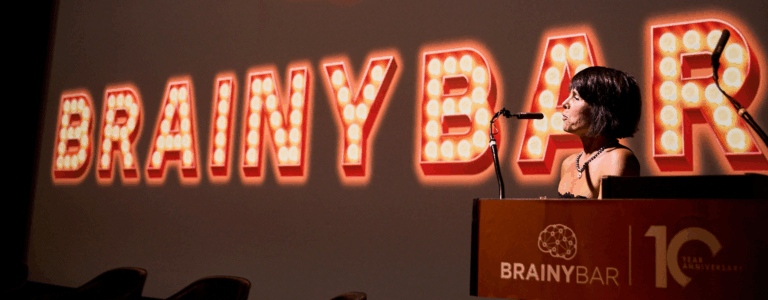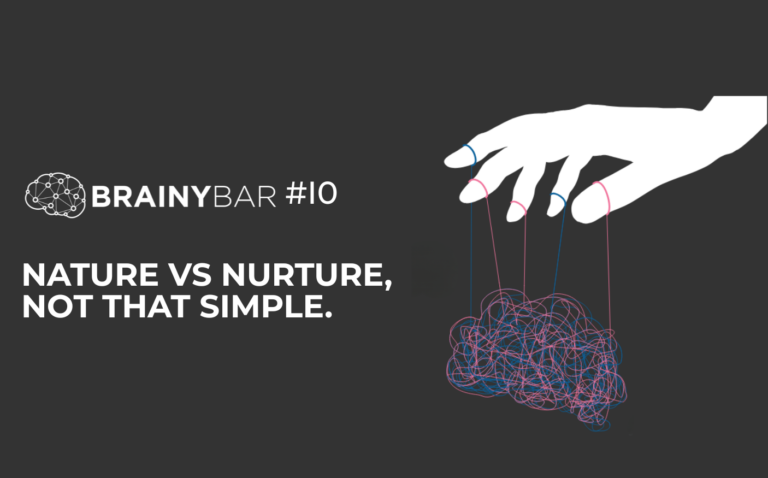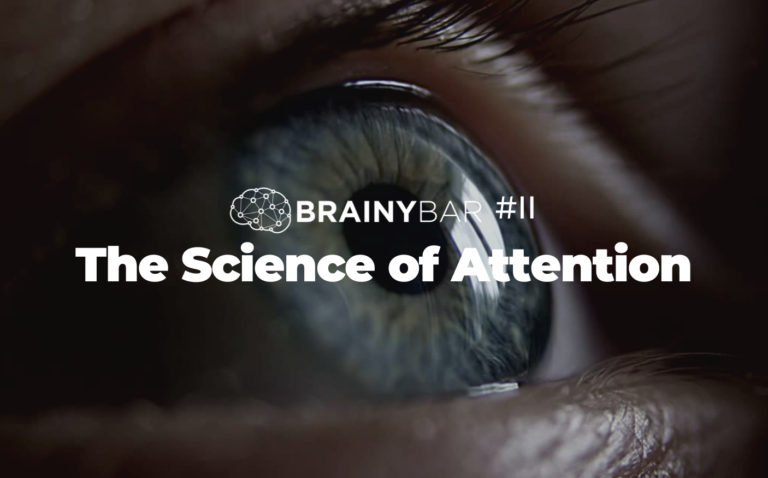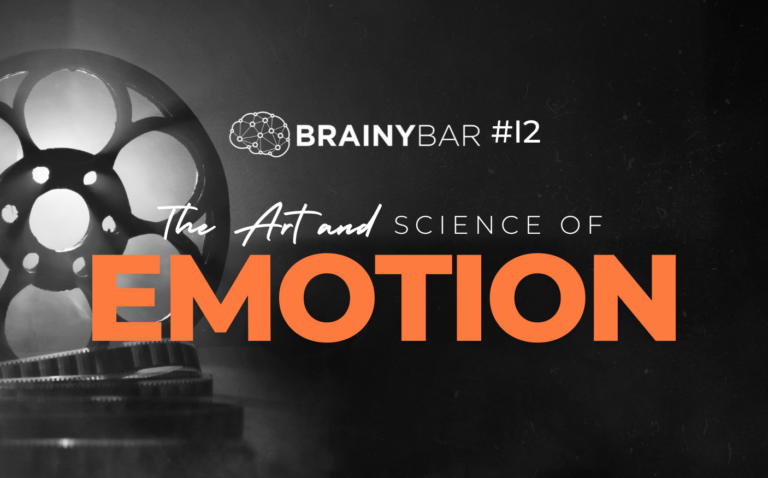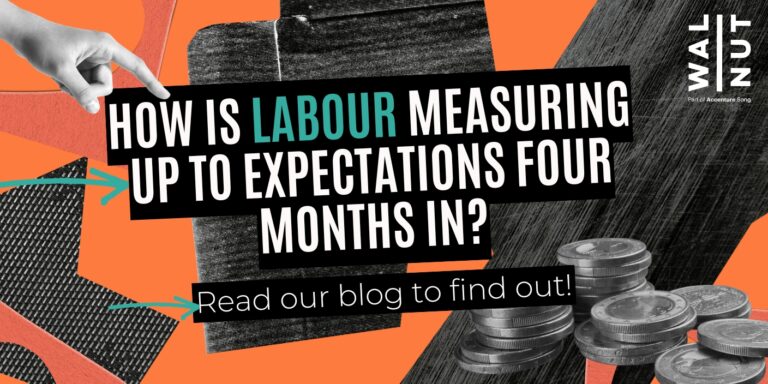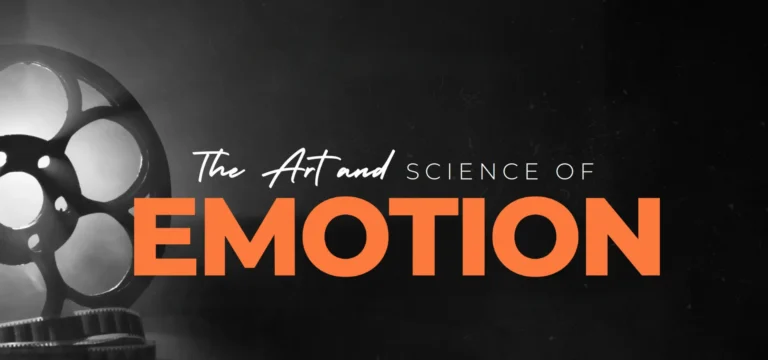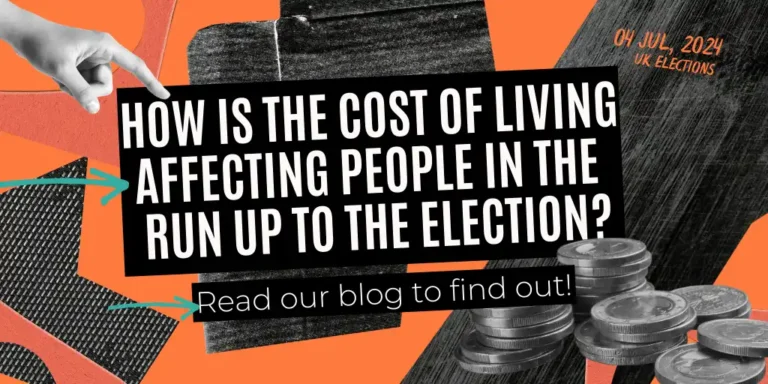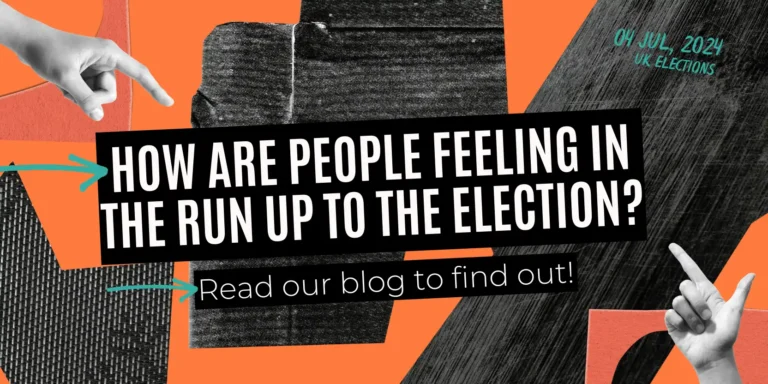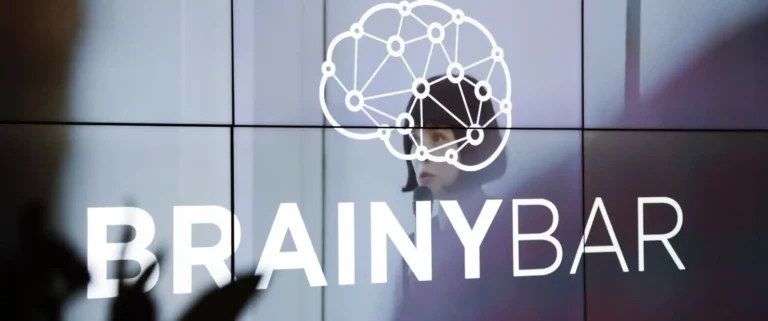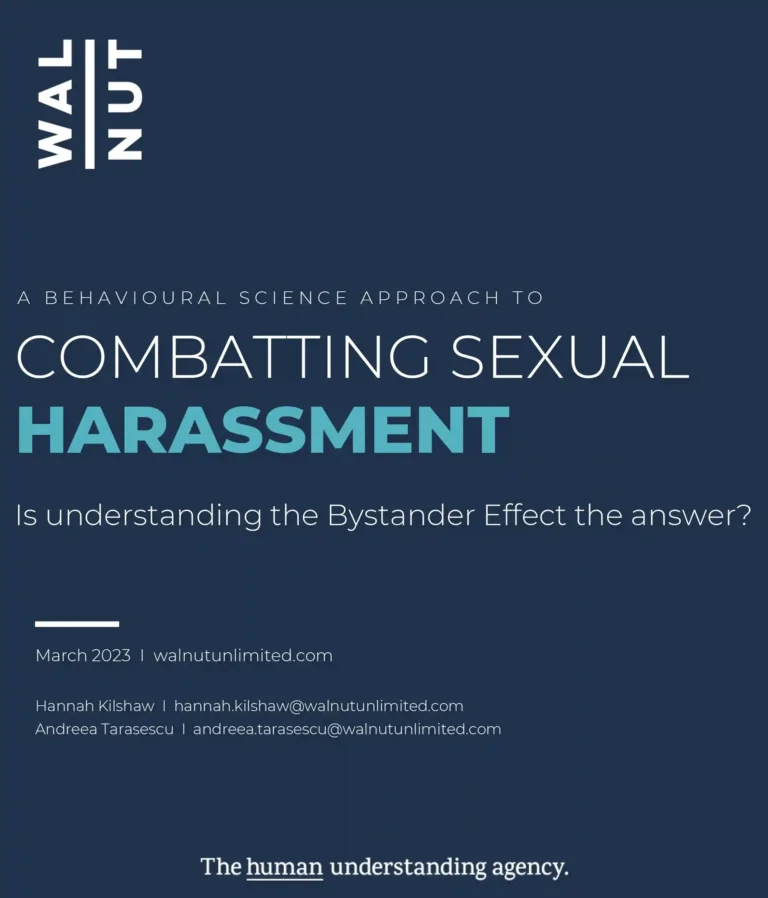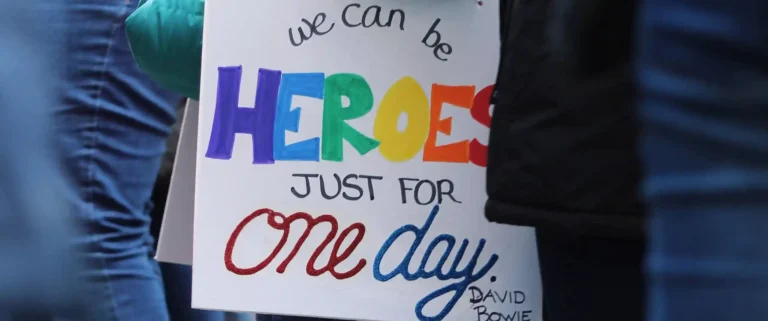Wow Factor : Where Empathy and Science Converge
8th November 2024
Jamie Halliday

Over the last couple of weeks here at Walnut we’ve been talking a lot about how human empathy – enhanced by science – is a route to delivering ‘aha’-type insights to clients.
In my post last week, I spoke about how empathising with people enables us to connect with the underlying factors that drive people’s actions.
We can deepen this empathy for human decision-making with a specific kind of expert knowledge – that is the knowledge of the behavioural sciences.
We call this combination of qualitative research and behavioural science ‘enhanced human empathy’.
When we talk about insights, as opposed to data, we talk about unearthing fundamental human truths, that reveal the inner nature of things. We talk about a fresh perspective that unlocks previously hidden reasons why.
Behavioural science does all this. In fact, from this perspective, behavioural science literally is insight.
Behavioural science enhances our empathy for consumer behaviour, because it brings an extra layer of explanatory power to the richness we observe qualitatively. It brings a lexicon of scientifically proven concepts about how we feel, think and behave, that allows us to see people as they really are.
For example, we can explain not just that shoppers are failing to pay attention to a retailer’s carefully crafted messages at-shelf, but also the cognitive factors that explain why and what they can do about it.
We can support brands as they design and test new propositions, products, or experiences by revealing the small psychological details that have a disproportionate influence on take up, and show them how to play to those biases.
We can reveal that the reasons why consumers are failing to adhere to some beneficial behaviour are grounded in the lack of social cues that tell them how to act. Or perhaps some environmental barrier that means they never get started. Or that, in the absence of a meaningful reward, their ‘lazy’ brains have no motivation to keep repeating the behaviour.
In short – it helps us diagnose the real reasons that underly behaviour, and how to respond to them. It brings an extra layer of empathy.
Behavioural science is powerful because it allows us to recognise familiar quirks in ourselves, and to say, “oh yeah, my customers are like that, because I’m like that too.”
This additive layer of behavioural thinking is necessary, perhaps imperative for the modern researcher. You can’t really understand people unless you can do both things.
Yet behavioural science also offers a challenge to traditional market research. It highlights that people are bad at remembering things, and have limited access to their own internal motivations.
That’s why at Walnut, when we approach a client challenge, we draw on tools that address both these challenges – to make sure we get 360 degree empathy for the human at the heart of the brief.

More Insights

Exploring attitudes towards debt policies supporting people who are struggling with debt burden in Britian – March 2024

It drew me in… Christmas advertising is not only about storytelling, it is about the story of us as humans
NEWSLETTER
Sign up for the latest treats straight to your inbox



